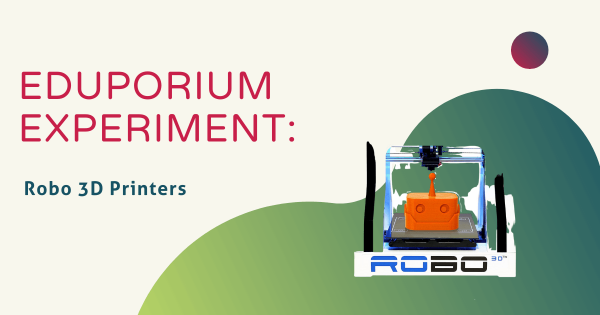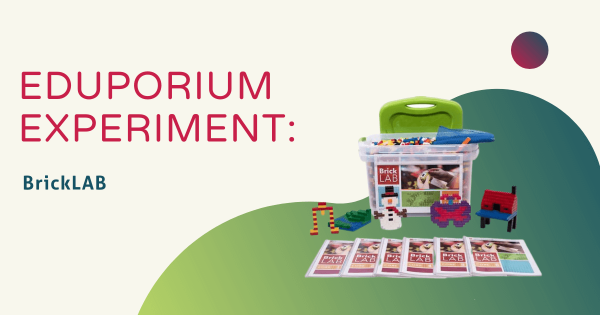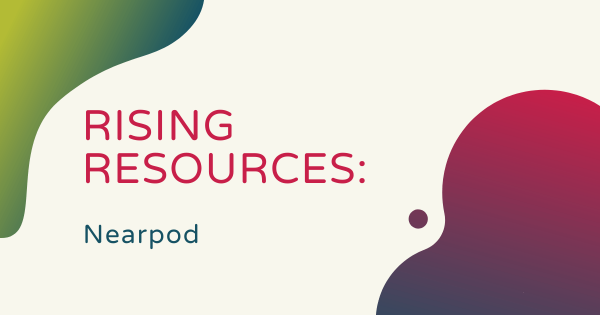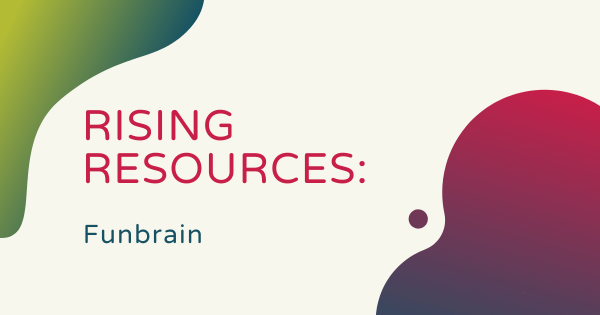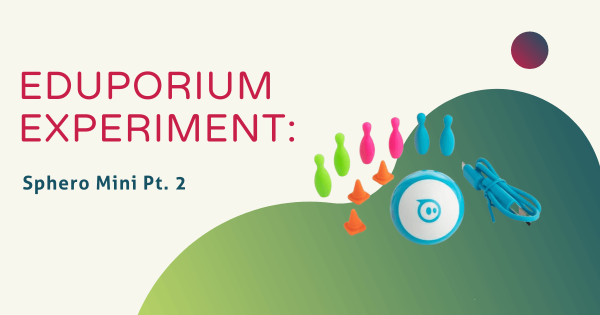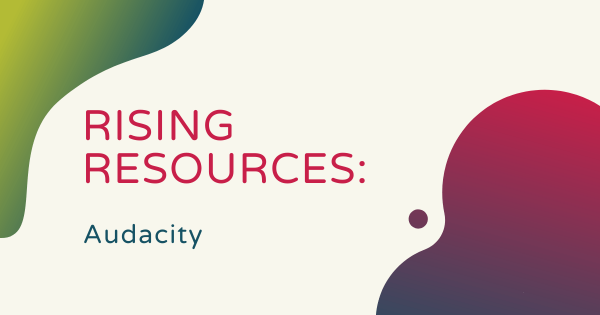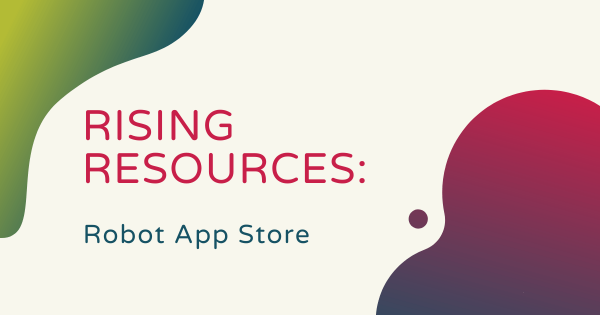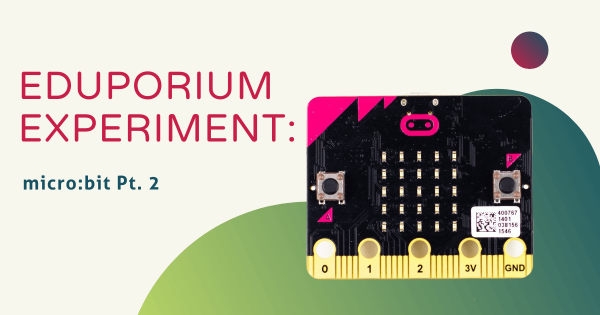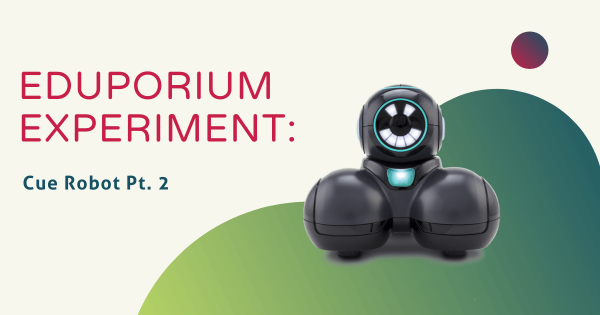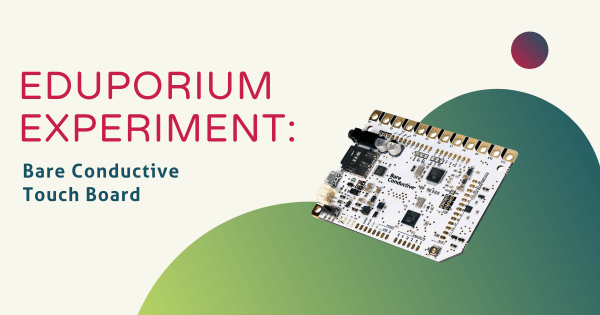Their printers provide some of the highest performance and include plenty of comprehensive classroom content to help both teachers and students get started and stick with the innovative opportunities 3D printing has to offer. Keep reading to learn how to integrate Robo 3D’s printers into a classroom or makerspace environment and even at home.
Katie Conlin
-
Eduporium Experiment | BrickLAB
This week in the Eduporium Experiment, we’re delving into the popular engineering packs from PCS Edventures known as BrickLAB. Upon first glance, the components closely resemble LEGO bricks, but after doing some research and exploring, I found out that, while they may look like LEGOs, there is much more academic potential for BrickLAB.
-
Rising Resources | Quizzes, Polls, and More with Nearpod
We hope you have been enjoying our Rising Resources blog series so far and we’re back with a new installment today! Each week, we will take a look at an online STEM resource teachers can use to better their instruction with hands-on opportunities. In this article, we’re exploring the wonders of Nearpod.
-
Rising Resources | Funbrain + Math Learning
In this edition of Rising Resources, we’re taking a deeper look into the mathematics and technology resource known as Funbrain. This resource is ideal for parents and educators who want to foster a positive relationship between students and educational gaming. It offers lots of hands-on learning through interactive gameplay and more!
-
Eduporium Experiment | Sphero Mini Pt. 2
This week in the Eduporium Experiment, we’re diving into Part 2 of the Sphero Mini. In the first Sphero Mini blog, we addressed the differences between the Sphero SPRK+ and the Mini. This week, we are going to discuss the various apps that students can use with the Mini and how to apply them in a classroom, makerspace, or at home!
-
Rising Resources | Audacity + Music Ed
Audacity is a free and open-source digital audio editor and recording application software that anybody can use to create their own custom sounds. In this post, we’re exploring the wonders of Audacity. Keep reading to find out why it’s useful and how educators can leverage it to create high-quality learning experiences in the classroom!
-
Rising Resources | Robot App Store
We’re introducing another new blog series for educators! Each week, we will take a look at an online STEM resource teachers can use to better their instruction with hands-on opportunities. In the first edition of Rising Resources, we’re exploring Robot App Store, a resource designed to help teachers learn more about robotics in a number of ways!
-
Eduporium Experiment | micro:bit V1 Pt. 2
This week’s Eduporium Experiment is all about the basics of the incredibly popular and powerful micro:bit board. The micro:bit is essentially a mini, portable, programable computer that has a variety of uses in and out of the classroom. It can help students learn basic coding, engineering skills, and help spark their creativity.
-
Eduporium Experiment | Cue Robot Pt. 2
With this charismatic robot and accompanying app, students can play games, chat, control, and program the Cue in Blockly or JavaScript. They can even pick one of four avatars to represent and track their progress: Charge, Zest, Smirk, and Pep! Each avatar is preprogrammed with unique personalities, expressions, and interactions.
-
Eduporium Experiment | Bare Conductive Touch Board
This Fourth of July, we decided to experiment with Bare Conductive’s Touch Board to help spark an interest in circuitry among our readers. The Touch Board is a limitless interface at the heart of some of Bare Conductive’s most innovative STEAM tools. Using it, students can turn touch into sound with the help of conductive materials.



